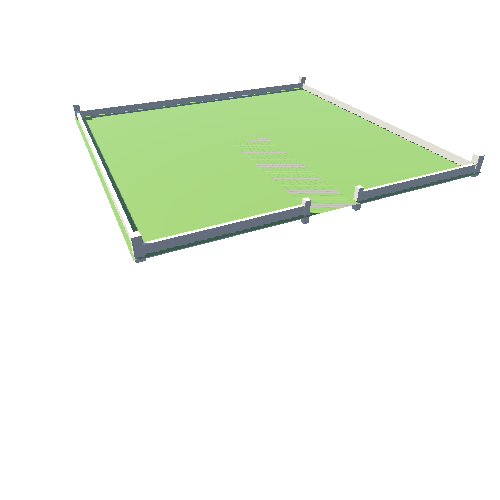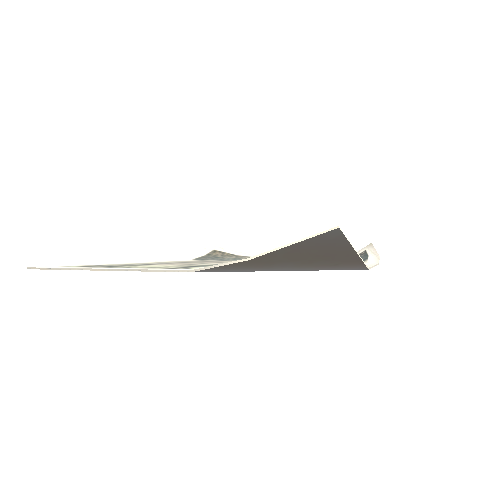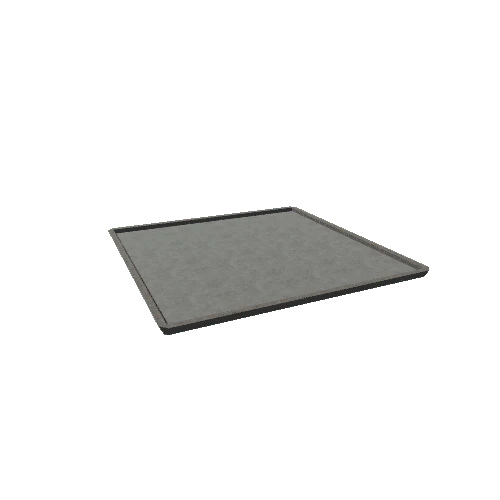Select or drop a image or 3D model here to search.
We support JPG, JPEG, PNG, GIF, WEBP, GLB, OBJ, STL, FBX. More formats will be added in the future.
Asset Overview
The monument includes the remains of a Roman fort (Epiacum) and part of its civilian settlement or vicus, situated on an east facing slope overlooking the valley of the River South Tyne. The fort was sited along the Roman road known as the Maiden Way and more than one phase is represented by the remains. It is visible as a lozenge-shaped enclosure with maximum dimensions of about 140m by 115m within several parallel ramparts and ditches; on the south west side there are seven ditches, on the south east four and on the north west five. The angle towers survive as low earthworks. Within the interior of the monument there are the remains of internal buildings and features including the principia. Aerial photography indicates that the early phase of the fort was considerably smaller than the present remains, and that a bath-house lay outside its north west corner; this bath house was partially excavated in 1810. Pottery indicate occupation during the 3rd and 4th centuries AD.











